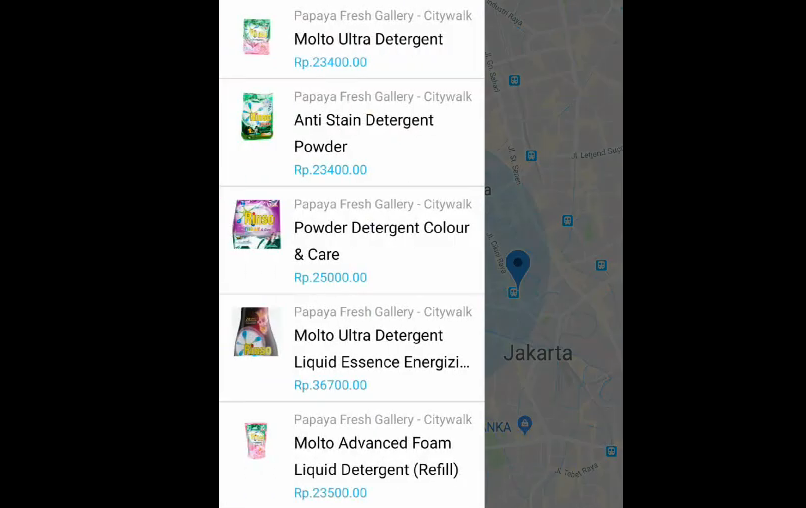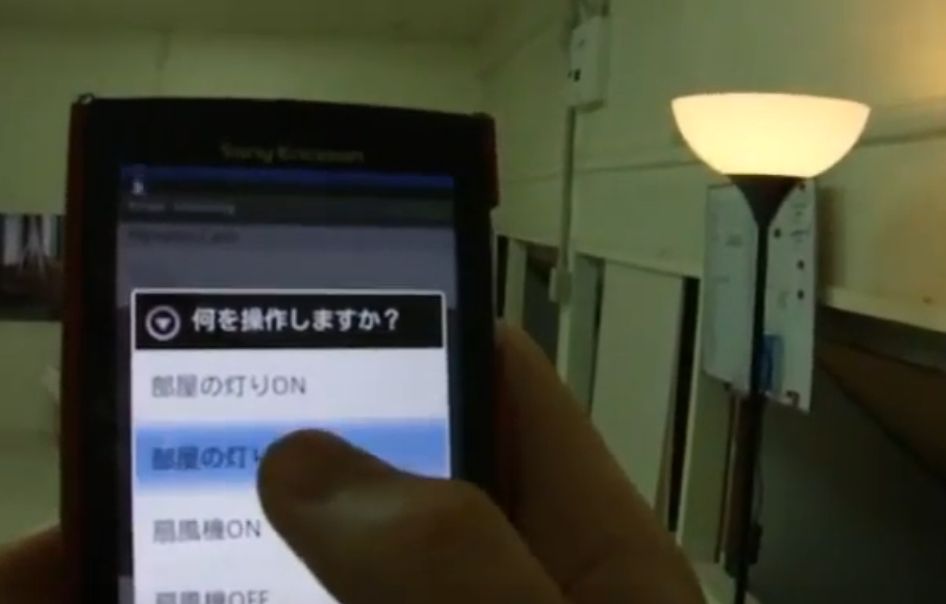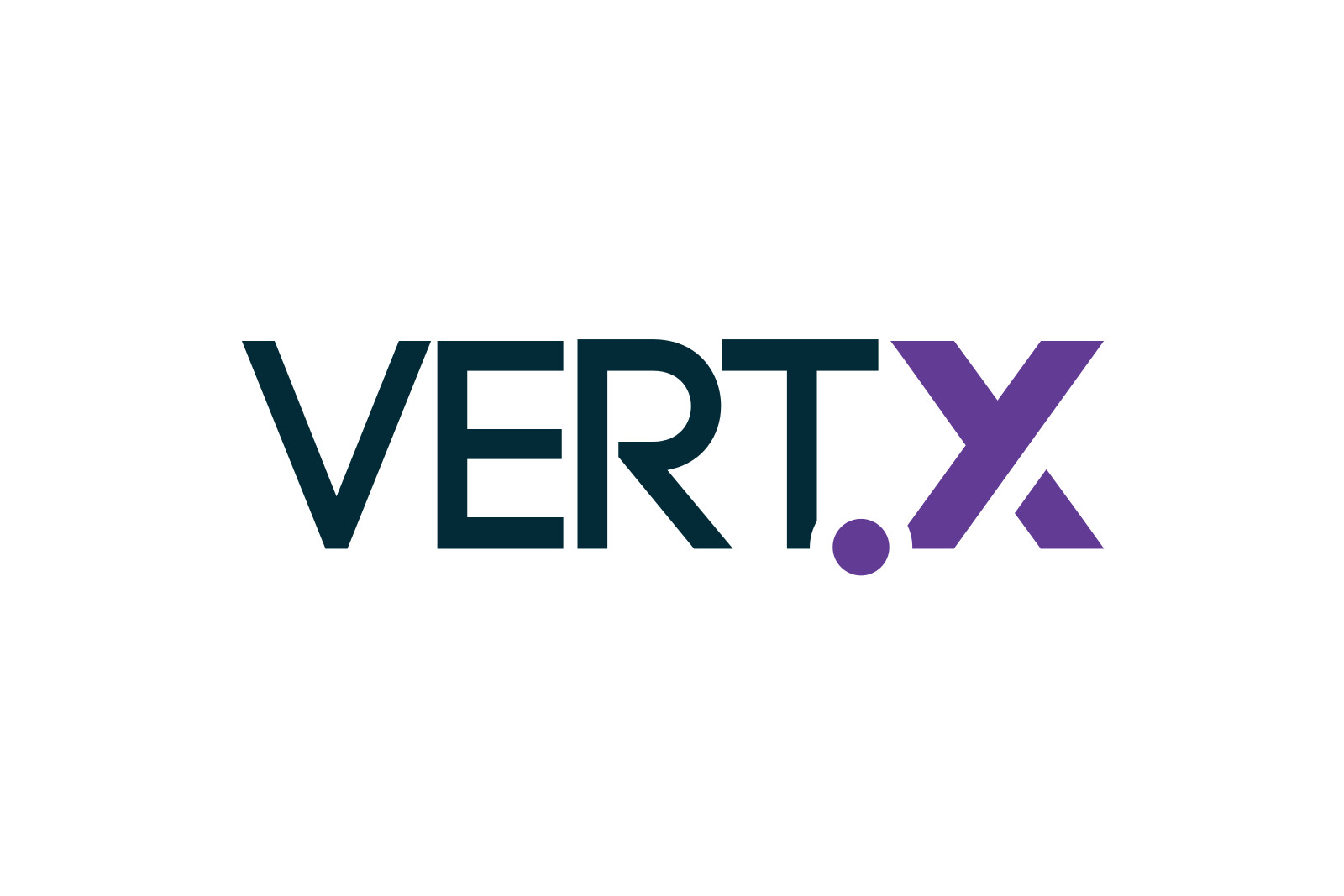Hi. I'm Martin. Welcome to my portfolio page.
I'm a software engineer experienced in mobile, web, server, and cloud development. I code in many languages from Java, Javascript, Dart, etc. Right now though my favorite language is Scala. I think functional programming is a very exciting paradigm so please read about why you need it below.
Contact me











